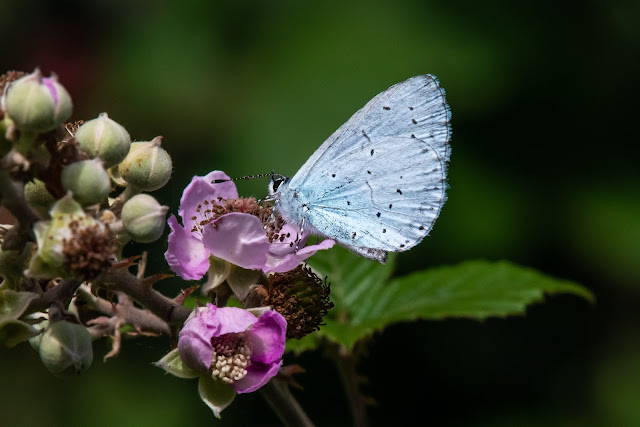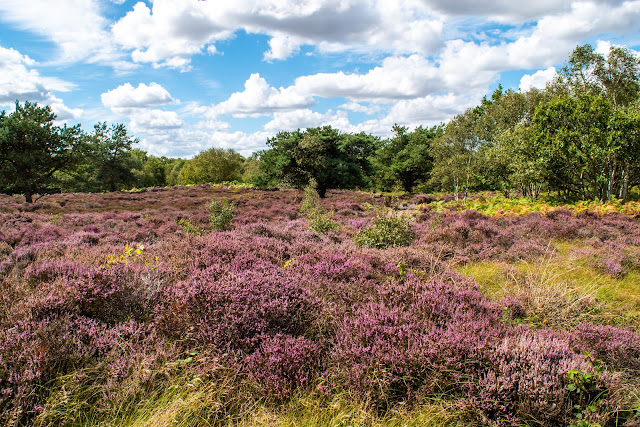Wasp Spiders in Landseer Park, Ipswich

In 2019 we found and photographed a wasp spider at RSPB Minsmere. What a fascinating looking spider! So, this year, we thought we would try and find another one and obtain some more photographs. Having recently been alerted to a sighting in Landseer Park in Ipswich, this seemed an obvious starting point, especially as there was a good chance of some butterflies in Piper`s Vale, almost opposite. The day started a bit dull as we started our walk around Piper`s Way but we were not to be disappointed as we found a patch of blackberry brambles which seemed to be the `patch` of some Holly Blue butterflies. Two images of this gorgeous Holly Blue The holly blue is a small blue butterfly that emerges in early spring, from March to May, and then again at the end of the summer between July and September. This is the blue butterfly most likely to be found in gardens, as well as woodlands, parks and churchyards. It tends to fly high around bushes and trees, whereas other grassl...



